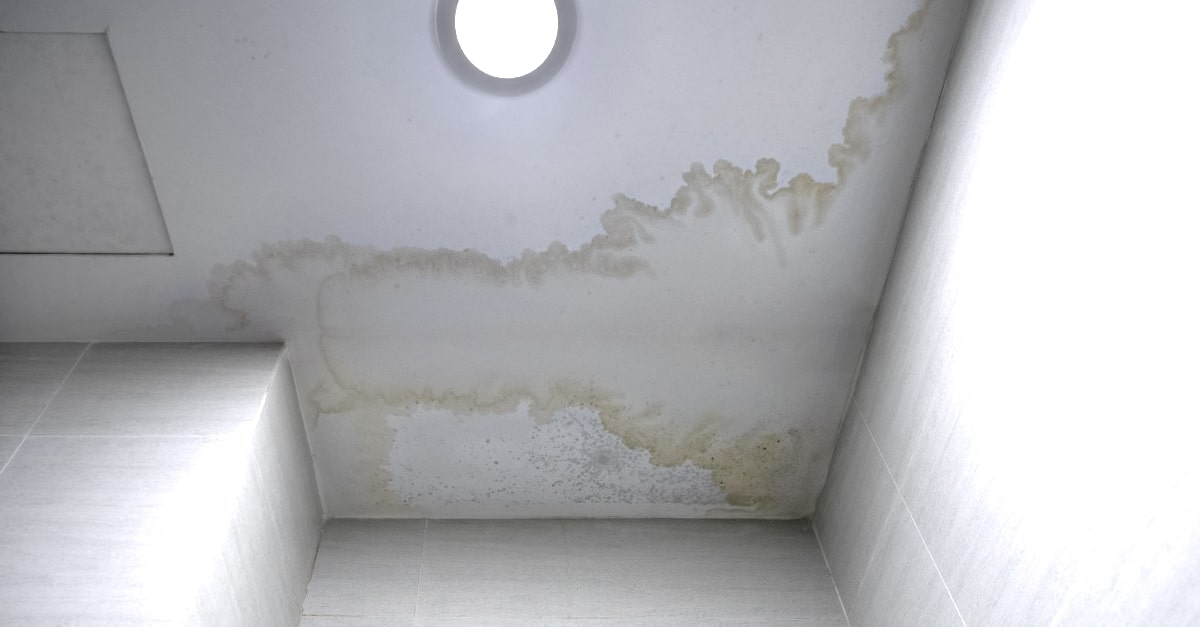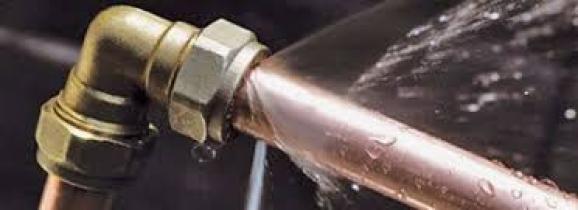Exploring What Causes Leak Problems Can Be So Common Within Your Home
Exploring What Causes Leak Problems Can Be So Common Within Your Home
Blog Article
The content listed below in relation to How to detect water leaks in your home is pretty much enjoyable. Check it out for yourself and see what you think about it.

Leakages not only trigger waste of water but can additionally trigger unnecessary damage to your residence as well as advertise undesirable organic growth. By looking as well as recognizing for everyday scenarios that cause leaks, you can shield your home from future leakages as well as unneeded damages.
Trespassing origins
The majority of water leaks start outside your house instead of inside it. If you discover a sudden reduction in water pressure, say in your tap, take some time to go out as well as examine your lawn. You may discover wet spots or sinkholes in your backyard, which may mean that tree roots are getting into water lines triggering water to leak out. You can have your plumber check for invasion, especially if you have trees or shrubs near your property.
Corroded water supply
As time goes by, your plumbing system ages as well as deterioration such as corrosion may begin gnawing the pipes. This could be the reason for staining or warping on your water pipes. This asks for an evaluation with your plumber quickly. Think about changing the pipelines since they are at a higher danger of corrosion than the more recent versions if our plumbing system is old.
Malfunctioning Pipeline Joints
Pipe joints can wear away over time, resulting in water leakages. If you have loud pipes that make ticking or banging noises, specifically when the hot water is transformed on, your pipeline joints are most likely under a great deal of pressure.
Instant temperature level changes.
Extreme temperature modifications in our pipelines can trigger them to increase and acquire unexpectedly. This growth and tightening might create fractures in the pipes, particularly if the temperature level are below freezing. It would certainly be best if you kept an eye on just how your plumbing works. The visibility of the previously stated conditions regularly indicates a high threat.
Poor Water Connectors
At times, a leakage can be brought on by loosened tubes and pipelines that provide your appliances. Usually, changing is what creates the loosened water Links. You might find in the case of a cleaning equipment, a hose might spring a leakage as a result of drinking throughout the spin cycle. In case of a water links leakage, you may see water running directly from the supply line or puddles around your devices.
Obstructed Drains
Blocked drains pipes may be annoying and inconveniencing, yet they can often end up creating an overflow resulting in rupture pipes. Keep eliminating any kind of products that might go down your drains pipes that could clog them to prevent such hassles.
All the above are root causes of leakages yet not all water leakages result from plumbing leakages; some leaks could come from roof leaks. All leaks must be fixed promptly to stay clear of water damage.
Leakages not just trigger waste of water yet can also create unneeded damage to your residence as well as advertise undesirable organic development. By looking and also comprehending for everyday scenarios that create leakages, you can safeguard your home from future leaks and also unneeded damages. Today, we will look at 6 leakage causes that might be creating your pipes to drip.
At times, a leak can be triggered by loose hoses and pipes that provide your home appliances. In instance of a water links leak, you may see water running directly from the supply line or pools around your appliances.
How To Check For Water Leak In Your Home
How To Check for Leaks
The average household's leaks can account for nearly 10,000 gallons of water wasted every year and ten percent of homes have leaks that waste 90 gallons or more per day. Common types of leaks found in the home are worn toilet flappers, dripping faucets, and other leaking valves. These types of leaks are often easy to fix, requiring only a few tools and hardware that can pay for themselves in water savings. Fixing easily corrected household water leaks can save homeowners about 10 percent on their water bills.
To check for leaks in your home, you first need to determine whether you're wasting water and then identify the source of the leak. Here are some tips for finding leaks:
Take a look at your water usage during a colder month, such as January or February. If a family of four exceeds 12,000 gallons per month, there are serious leaks.
Check your water meter before and after a two-hour period when no water is being used. If the meter changes at all, you probably have a leak.
Identify toilet leaks by placing a drop of food coloring in the toilet tank. If any color shows up in the bowl after 10 minutes, you have a leak. (Be sure to flush immediately after the experiment to avoid staining the tank.)
Examine faucet gaskets and pipe fittings for any water on the outside of the pipe to check for surface leaks.
Undetected water leaks can happen without the home or business owner even realizing. If you suspect a water leak, but not able to find the source. It is time to contact a professional water leak detection service, The Leak Doctor.
How To Find a Water Leak In Your Home
https://www.leakdoctor.com/blog/How-To-Check-For-Water-Leak-In-Your-Home_AE197.html

As a serious person who reads about How to Find Water Leaks, I assumed sharing that section was a good idea. Sharing is caring. Helping others is fun. Thanks for your time. Kindly check our website back soon.
Book Report this page